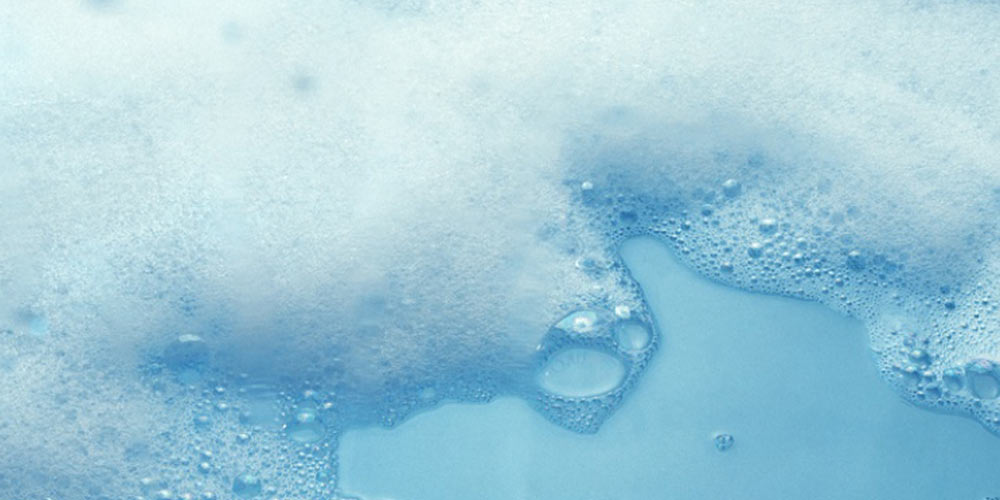The Function of Defoamers in Enhancing Item High Quality and Efficiency
Defoamers serve as crucial additives that mitigate this problem, ensuring smoother manufacturing workflows while improving the visual and functional attributes of the last products. The selection of the proper defoamer can be crucial to attaining optimal outcomes, elevating essential inquiries about formula compatibility and performance metrics that merit more exploration.
Comprehending Defoamers
Recognizing the role of defoamers is necessary for maintaining product high quality throughout various markets. Defoamers are chemical ingredients made to prevent the formation and decrease of foam in fluid systems, which can detrimentally affect processes such as mixing, loading, and surface stress. Frothing can result in inadequacies, product problems, and endangered aesthetic charm, making defoamers a crucial part in producing operations.
In industrial applications, defoamers help to enhance product consistency and stability. In the paint and finishes market, foam can interfere with the application process and the final finish. Similarly, in food and beverage production, excessive foam can prevent bottling and packaging effectiveness (defoamers). The reliable usage of defoamers not only guarantees smoother production procedures yet likewise adds to superior item efficiency.
In addition, the option and solution of a defoamer have to line up with particular application requirements, such as compatibility with various other ingredients, performance under varying temperature level and pH problems, and potential regulative restrictions. Ultimately, recognizing defoamers' functions and their relevance in different solutions is vital for optimizing manufacturing and guaranteeing the finest quality output.
Types of Defoamers
Defoamers can be classified right into several kinds based upon their make-up and mechanism of action. The key types consist of silicone-based, non-silicone natural, and inorganic defoamers.
Silicone-based defoamers are amongst the most reliable, mainly as a result of their ability to spread out promptly on the liquid surface and interfere with foam development. Their distinct chemical framework enables superior stability, making them appropriate for high-temperature applications and settings with varying pH levels.
Non-silicone organic defoamers, commonly made up of fatty acids or natural oils, are valued for their biodegradability and lower toxicity. These are commonly used in food and beverage applications where safety and environmental effect are vital.
Not natural defoamers, that include materials like talc or calcium carbonate, act by increasing the density of the liquid, thereby decreasing foam stability. They are commonly made use of in commercial procedures where compatibility with various other materials is not a problem.
Each type of defoamer has distinct benefits and constraints, permitting for customized remedies relying on the certain lathering problems experienced in different applications. Understanding these differences is crucial for optimizing efficiency and achieving preferred item high quality.
Applications Across Industries
Numerous sectors utilize defoamers to improve product top quality and functional effectiveness. In the food and beverage market, defoamers are vital in processes such as brewing and milk production to avoid foam development, which can cause inefficiencies and item variance. By controlling foam, suppliers can make sure better return and a much more consistent item.
In the pharmaceutical industry, defoamers play an essential duty in the formula of fluid drugs, where extreme foam can impede blending and precise dosing. Their usage helps preserve the integrity of the solutions and assists in smoother production processes.
The paint and coverings industry additionally counts on defoamers to improve the efficiency of products throughout application. By reducing foam, these ingredients ensure a smoother surface and boost the aesthetic high qualities of the end product.

Advantages of Using Defoamers
While the application of defoamers differs across sectors, their benefits continually improve item high quality and procedure effectiveness. One significant advantage is the decrease of foam formation throughout producing processes, which can or else result in manufacturing delays and inconsistencies in item high quality. By reducing foam, defoamers enable a click here for info smoother circulation of materials, promoting much more reliable procedures and decreasing the chance of equipment breakdowns.
In addition, making use of defoamers can enhance the these details look and texture of end products. In sectors such as finishings, paints, and food handling, excessive foam can compromise the visual aesthetics and overall high quality, while the ideal defoamer application makes sure an uniform surface and preferable attributes. Additionally, defoamers can add to set you back financial savings by decreasing waste during production and optimizing making use of resources (defoamers).

Choosing the Right Defoamer
Choosing the appropriate defoamer is crucial for optimizing production processes and making sure item top quality. The selection of defoamer affects not just try this website the effectiveness of foam control but also the overall performance characteristics of the end product. Elements to think about include the kind of application, the chemistry of the formula, and the environmental conditions under which the product will certainly be made use of.
Various sectors might need particular defoamer types, such as silicone-based, organic, or polymeric defoamers. Understanding the compatibility of the defoamer with the primary active ingredients is necessary to avoid damaging responses that might jeopardize product honesty. In addition, the defoamer's performance in different temperatures and pH degrees need to be examined to guarantee consistent efficiency.
Testing the defoamer in small-scale applications can give important understandings into its performance and viability. Factor to consider of regulative conformity, specifically in food, pharmaceuticals, and cosmetics, is vital in selecting a defoamer. Eventually, a comprehensive evaluation of these variables will result in the option of a defoamer that not just controls foam efficiently however additionally enhances the quality and performance of the final item.
Verdict

In verdict, defoamers are essential ingredients that substantially enhance item high quality and performance throughout various sectors. The calculated selection and application of defoamers lead to set you back savings, maximized resource usage, and enhanced consumer fulfillment.
Foaming can lead to ineffectiveness, product flaws, and compromised visual appeal, making defoamers a critical element in making operations.

Comments on “Defoamers and Their Impact on Reducing Foam in Liquid Systems”